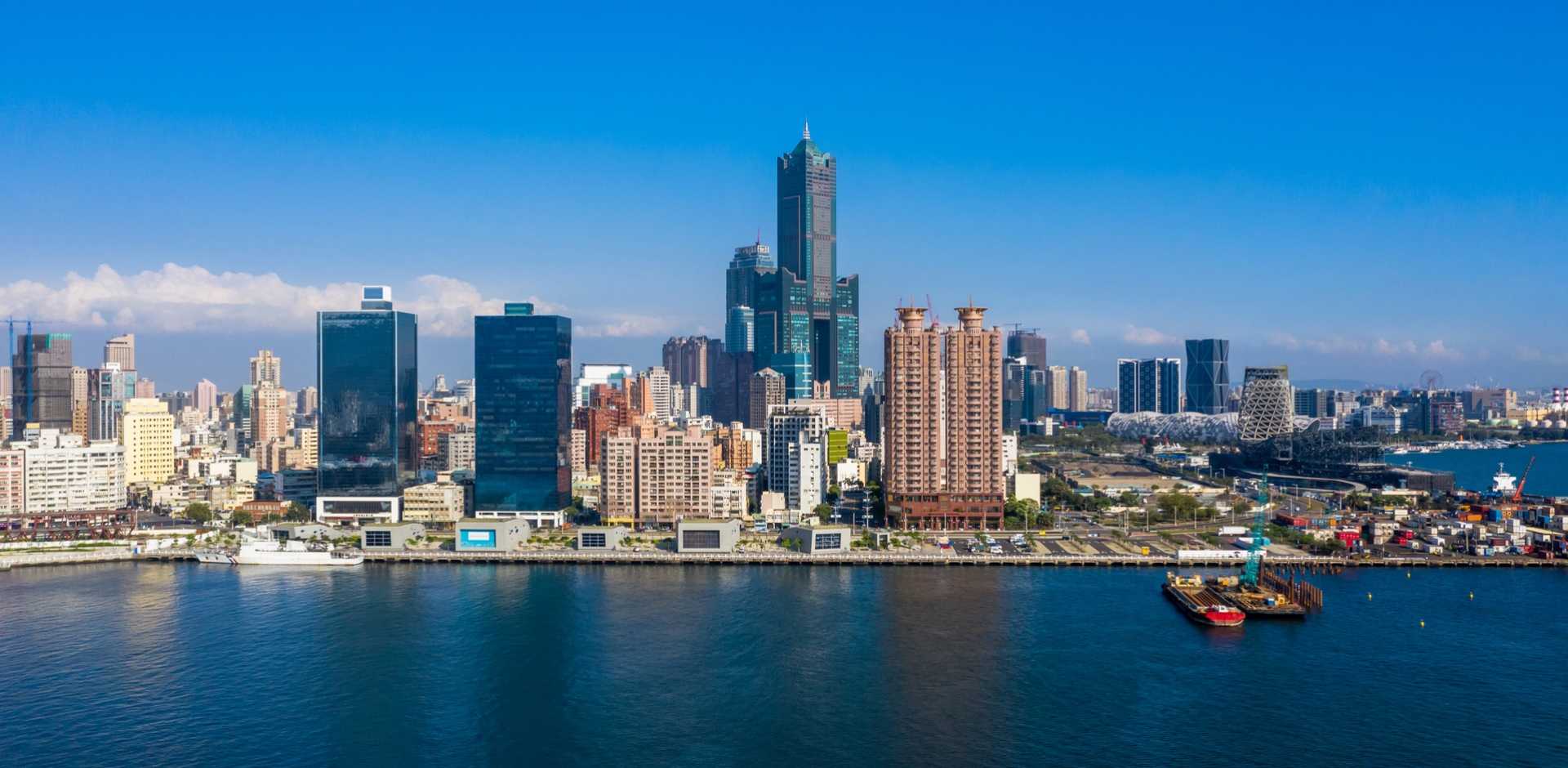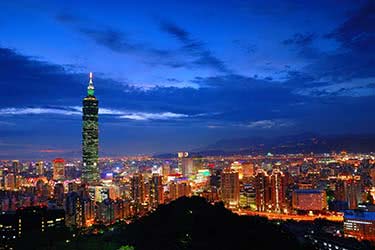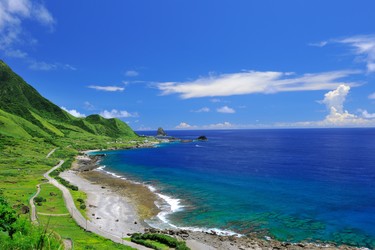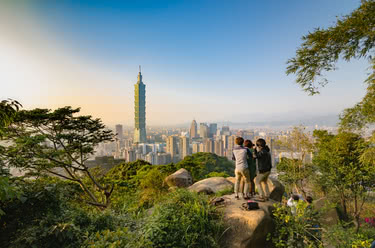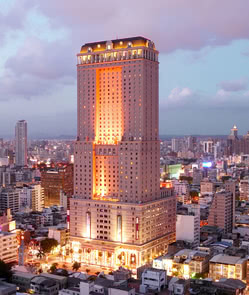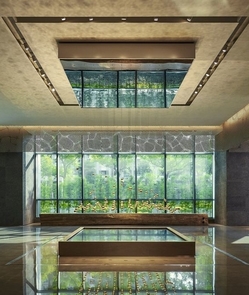
Kaohsiung
Known for its bustling harbor that is among the busiest in the world, Kaohsiung is a thriving metropolis where old-world pagodas can be explored in the same day as modern architectural marvels, such as the metro station known as the “Dome of Light.” A number of beautiful natural environments and wildlife preserves also lie within easy traveling distance of the city, and night markets and malls like the Dream Mall – the largest in Taiwan and the second largest in Asia – await those with a desire to shop.
The city’s aesthetic beauty has been heightened in recent years thanks to efforts by civic leaders, and visitors will also enjoy much less traffic congestion in comparison with other major Asian cities, including Taiwan’s capital of Taipei. Kaohsiung is also notable for its bicycle culture, which is greatly bolstered by the predominantly pleasant, flat topography surrounding the city. Many locals can be seen riding to and from their destinations as a part of their daily routine, and the local government has put significant effort into promoting a bicycle-friendly atmosphere. Bicycles are easily rentable throughout the city, and this can be a great way to sightsee without having to deal with the hassle of driving and renting a car. A particularly pleasant ride is to follow the scenic Love River north toward the city’s art district, though travelers wishing to get out of the city may enjoy exploring the coastal side of Shoushan Mountain,whichis famous for its wildlife population andharbors great numbers of mischievous monkeys.
While Kaohsiung has previously held a reputation as a purely industrial city, it has now formed into an exciting, trendy urban landscape with endless options in terms of activities. Being a major city located near miles of beautiful coastline and mountain environments means travelers might go for a trek or ATV ride in the morning and lounge on the beach in the afternoon before enjoying a gourmet meal in the city at night. There is no shortage of sights to see and activities to enjoy in this busy Taiwanese “Harbor Capital,” as it is known locally.
Experiences
A handpicked selection of experiences endorsed by our experts. If you can’t see what you’re looking for, let us know, as our extensive network of local contacts can open many doors.
Fo Guang Shan Temple
Host to the New Year Festival of Light and Peace every Chinese New Year, Fo Guang Shan is Taiwan’s largest temple in which worship is given a modern twist. Within the temple, eight pagodas stand to symbolize the eight principle teachings of Buddha set forth in The Noble Eightfold Path, and a tall golden statue of Buddha stands at their center. Also housed in the temple is the Buddha Memorial Center, which is notable in how it embraces technology as a medium for religious education. Visitors may pray using touch screens to electronically transmit their messages to Buddha. This is an especially exciting, interactive way for younger children to be involved in the experience of touring the temple. When visiting Fo Guang Shan, it is important to remember that many locals come to the temple in serious religious observance, seeking peace and tranquility, so it is important to tour its spaces and grounds in a respectful manner without creating distractions.
Liuhe Night Market
One of the most popular markets in Taiwan and a hotbed for the nation’s burgeoning culinary culture of small bites and street foods, the Liuhe Night Market’s many vendors offer seafood, handicrafts, clothing, electronic gadgets, live animals, and much more. Local knowledge holds that the area originated when, in the 1950s, the Dagangpu part of Sinsing District was home to numerous food stalls that eventually developed into the modern, larger-scale Liuge Night Market. Local culinary favorites that the market has been known for since its early years include beef steak, papaya milk, and steamed salty shrimp, and many stalls also provide other forms of entertainment and games. The culture of street gaming, which is prevalent in Taiwan, can be seen in the form of both arcade-style games more typically found in train stations and the carnival-style game stalls that tempt crowds in the night markets with tests of strength and coordination.
Lotus Lake
This manmade body of water, which is named for the colorful flowers that adorn its surface, is also home to many other colorful temples and pagodas. Among some of the most notable are the Dragon and Tiger Pagodas, the Spring and Autumn Pavilions, the Beiji Pavilion, and the Confucian Temple. The last of these has an interesting history behind it, with the modern temple having been rebuilt in the 1970s after the original, which dated to the Qing Dynasty, was damaged during war. A stroll or bike ride around Lotus Lake is an ideal way to experience the sunrise or sunset, as these structures reminiscent of China’s ancient palaces are especially striking and colorful when viewed at these times of day. The lake is also ringed with vendors selling food and drink during the daytime, and live music performances are often held at night.
Love River Evening Cruise
The Love River runs through urban Kaohsiang and is lined and marked by numerous colorful bridges, landmarks, and attractions. Travelers will find many opportunities to hire boatmen to take them on tranquil gondola rides down the river, and at no time of day is this experience more rewarding than in the evening light or after dark. The city’s many lights – and riverside attractions like the Kaohsiung Bridge and the Holy Rosary Cathedral – are especially dazzling at night. Cafes also line both sides of the river, allowing gondola riders to stop and enjoy a cocktail or meal before the return ride. Couples will be especially interested in an evening float on the aptly named Love River, as the cooler night air and sights of the city foster a romantic ambiance.
Pineapple Farm
The Dashu district ecological area is home to many relatively small, family-owned plots of agricultural land, and pineapples are an important crop for Taiwan’s economy. Many of these small pineapple plantations will allow visitors to enter and walk around the premises – an experience that anyone who appreciates fresh, locally sourced produce and agriculture will not want to pass up. When participating in one of these plantation tours, local farmers typically educate visitors on how to clear and fertilize the land ahead of planting, when to harvest, and how to eventually pluck the fruits. And of course, tour participants will have the chance to sample a fresh pineapple that has just been sliced open by one of the plantation workers.
The Dome of Light
One might not expect the world’s largest public stained glass installation to occupy a Subway station, but this work of art designed by Italian artist Narcissus Quagliata does just that. This glass dome itself is divided into four sections: water, earth, light, and fire, and it takes the form of a yin-yang symbol with 4,500 separate panels. When visiting, travelers may want to time their visits around planned light shows that are put on by the Taiwanese metro system. These specific time slots typically last for five minutes and see numerous travelers stopping in their tracks to admire and shoot photos with their smartphones. There is an art shop located inside the station where visitors may learn even more about the installation and purchase memorabilia.
The Dragon and Tiger Pagodas
The Dragon and Tiger Pagodas number among the classically styled temples that surround Lotus Lake. Standing seven stories and designed with yellow walls, red pillars, orange tilework, and two fearsome likenesses of a dragon and a tiger protruding from their respective sides. The two structures are equally fascinating to behold from the outside as from within. Upon descending the towers’ spiral staircases, visitors will notice artworks displayed on the walls of the pagodas, such as paintings of 12 Magi and the Jade Emperor’s palaces in the Tiger Tower. Along with being a vibrant example of Chinese architecture, the Dragon and Tiger Pagodas are representative of Kaohsiang’s culture of art, architecture, and Buddhism.
Taiwan Regions
Explore in-depth information, experiences and highlights by navigating to specific regions using the links below.
Multi-Country Specialists
Taiwan Goes Well With




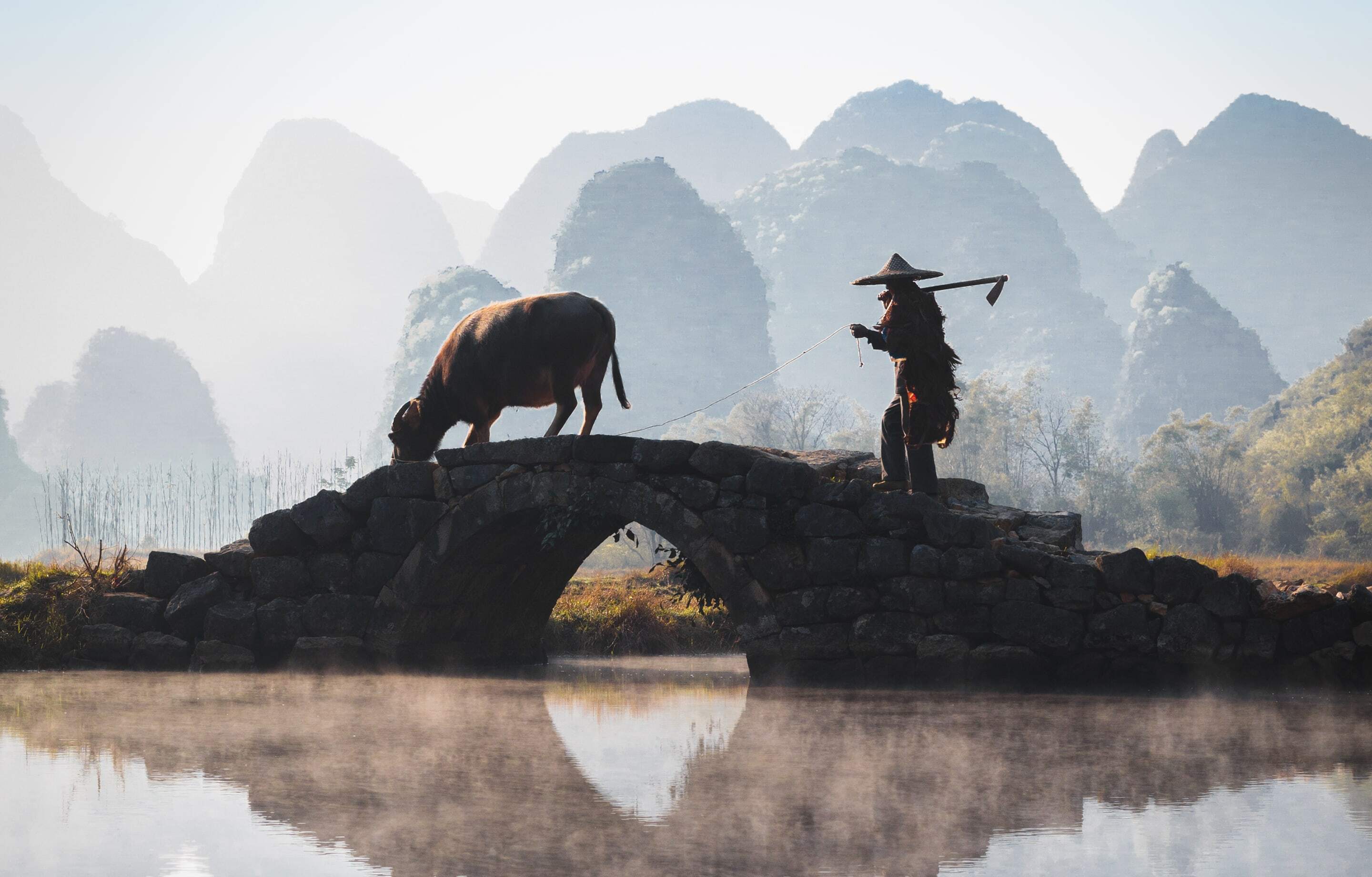
Exclusively Asia
With Remote Lands you'll travel with people who have made Asia the solitary focus of their own lifelong adventure. As our guest, you'll discover Asia on a journey that is completely, authentically your own, adapted from our own remarkable experiences and adventures over the years.
With Remote Lands you'll travel with people who have made Asia the solitary focus of their own lifelong adventure. As our guest, in the continent that our north American founders Catherine and Jay have adored and explored for decades, you'll discover Asia on a journey that is completely, authentically your own, adapted from our own remarkable experiences and adventures over the years.
Travelogues
An Asia-focused magazine brought to you by Remote Lands - a platform for adventure, luxury, and authenticity from experts and explorers around the continent.
Dozen Dream Destination: East Coast of Taiwan for the Road Trip
- Author
- Travelogues
Taiwan’s East Coast is known for its temperate climate and laid-back culture – all best experienced from the open road.
Taipei to Taroko Gorge: How to Explore Taiwan in Style
- Author
- Travelogues
As the world slowly reopens to international travel, Remote Lands is putting a spotlight on underappreciated Taiwan, an island of natural beauty, urban splendor, and traditional culture.
Why Fly? More Travelers Opting for These 5 East Asia High-Speed Rails
- Author
- Travelogues
With high-speed rails replacing the stress of the airport experience, many new travelers are opting for these East Asia routes over flights.
What Others Say
Here is a small selection of the kind words our clients have said about us recently.
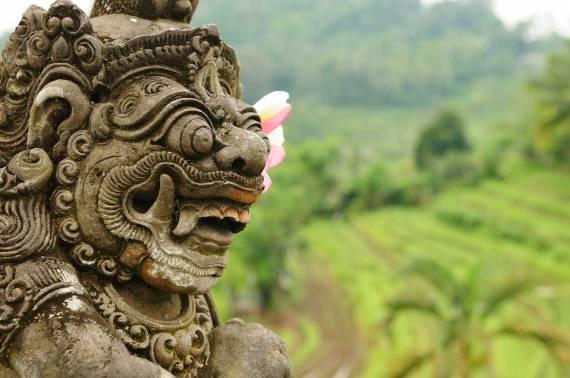
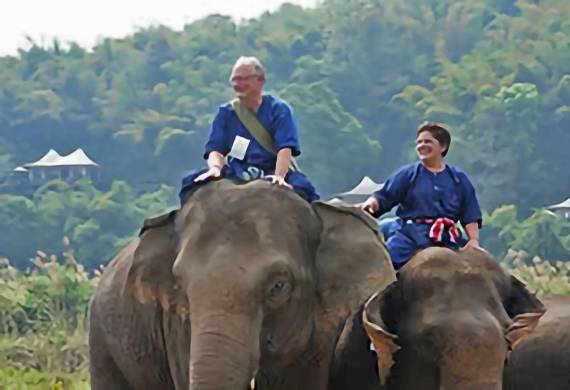
A couple from Maine
Remote Lands enhanced our trip in ways we could not have imagined...it all resulted in a trip that we will remember with smiles and laughter forever.
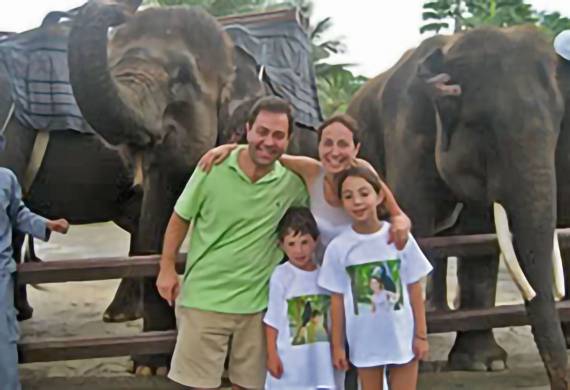
A Connecticut family
What can we say other than wow! Today's visit with the Prince of Bali was like stepping onto the set of a movie or going back in time to a bygone era.
